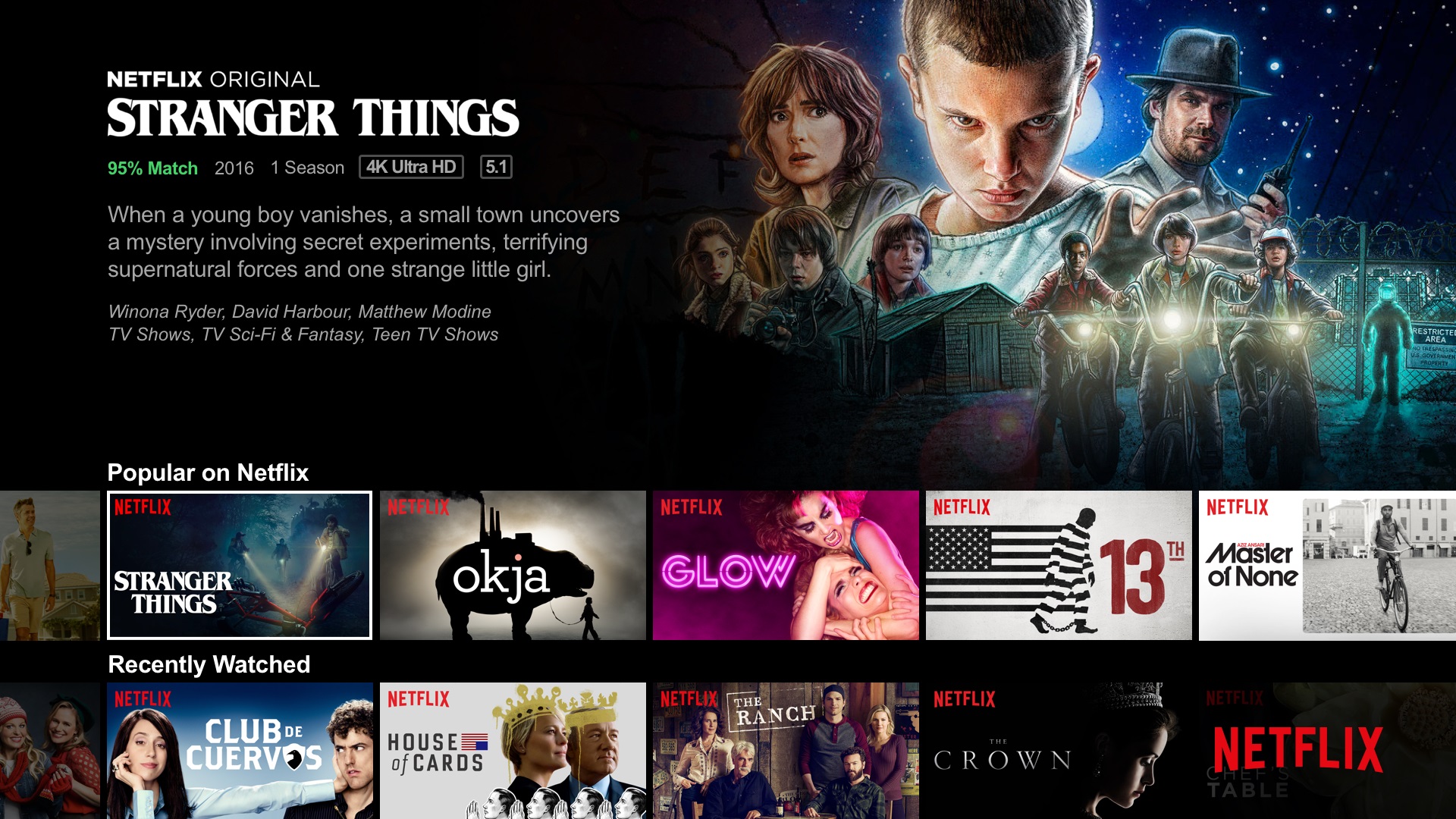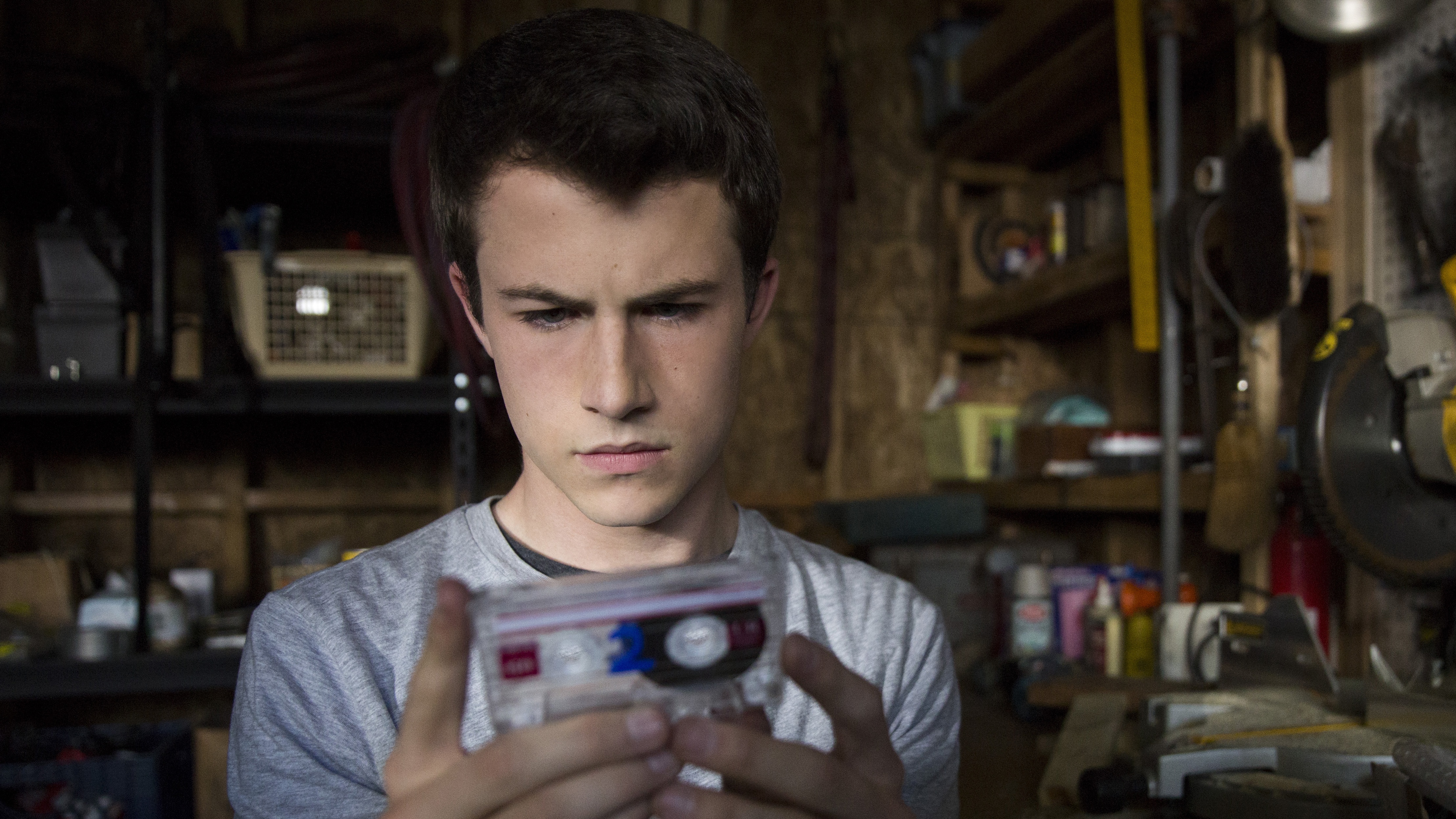The algorithm used by Netflix to make recommendations to users looks beyond the genre of previously watched shows to find links in narratives, the streaming service has said.
More than three quarters of the shows watched on the platform are discovered through the its recommendation algorithm, which makes suggestions using the narrative threads of shows the viewer has chosen before.

One in eight people who watched a Marvel series on the service, including Daredevil, Jessica Jones or Luke Cage, had not watched comic book content before, the streaming platform said.
Viewers who had watched stories that explore the grey areas of morality, such as House Of Cards and Bloodline and Breaking Bad and Dexter were led to Daredevil, while series with strong female leads such as Orange Is The New Black and sharp humour, such as Master Of None led viewers to Jessica Jones.

Netflix analysed the viewing data between 2015 and 2017 of members from more than 40 countries who had never watched content tagged ‘superhero’ before watching a Marvel series to find the most watched programmes for those new to the genre.

“The algorithm isn’t static, it’s constantly learning and improving. The more you watch, the better it gets.
“It was engineered out of necessity – the sheer volume of content meant we couldn’t expect members to scroll through thousands of titles, so we needed to help them find and discover content they’d love.
“The early days, we learned a lot – just because someone watches a lot of horror doesn’t mean they necessarily want solely horror.
He continued: “Genres are just one way to categorise a show, but they aren’t complete, which is why we also tag series and movies with thousands of additional qualifiers – from mood (goofy) to aesthetic (visually striking) to pace (slow pace) and beyond.
“This ‘tagging process’ is just one stage of the Netflix recommendation process. We also have to know about the viewer. For that we use advanced algorithms to examine the viewing habits of millions of members around the world along with their specific taste preferences and viewing histories.
“The end result is how we present the catalogue uniquely to each member, bubbling to the top of the experience titles that are both relevant and diverse.”






